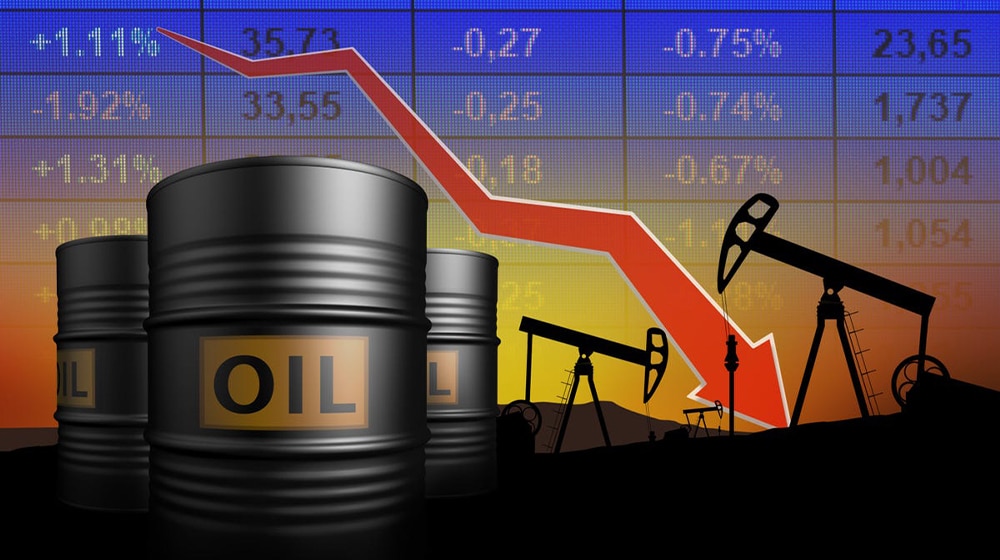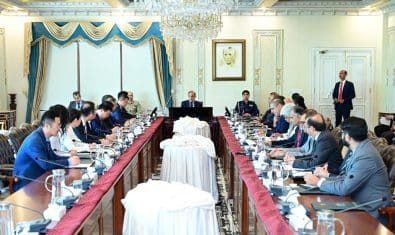Pakistani consumers — battered by red-hot inflation — have cheered a sustained decline in Brent crude oil in recent months, hoping for some relief to their stretched wallets. They’ve been largely disappointed as domestic fuel prices were raised, reversing prior subsidies that the IMF argued violated its terms. Any chance a further slide in oil prices could help ease domestic inflationary pressures? Short answer, It’s complicated.
If a commodity’s cost falls in international markets, you may expect at least a partial drop in its domestic retail price assuming other factors remain constant, but unfortunately, it’s not that straightforward.
The oil price benchmark has slid over the past four months, wiping nearly 22 percent of its value since June 1 amid global economic recession fears. But not everybody was surprised on Sept. 21 when the government raised the petrol price by Rs. 1.45 per liter while keeping the price of high-speed diesel unchanged at Rs. 247.43.
Sana Tawfik, a senior analyst at Arif Habib, told ProPakistani that petrol prices were bound to go up due to rupee devaluation. The local currency has now lost 9.6 percent so far this month, which inflates our import costs.
Ex refinery price — the actual cost of importing finished petroleum products — rose 1 percent to Rs. 184.84 per liter for petrol compared to Sept. 1, according to the Oil and Gas Regulatory Authority. PDL on petrol was lowered to Rs. 37.42 per liter from Rs. 37.50 previously while sales tax remained unchanged at zero. The levy on high-speed diesel was raised by Rs. 0.8 per liter to Rs. 7.58.
The goal for Pakistan, as agreed with the IMF, is to raise the PDL to 50 rupees per liter by January 2023 for petrol and by April 2023 for diesel. These targets will keep the government from passing on any drop in oil prices to the public, Tawfik said. In addition, the government could consider raising the sales tax on petroleum products even if international prices are down, she added.
The USD-PKR rate stabilized on Thursday after data released by the State Bank of Pakistan showed that the current account deficit narrowed to $0.7 billion in August from $1.2 billion in July. However, the rupee remained close to a record low of 239.94 against the dollar as concerns mounted regarding dollar demand from domestic importers, the country’s dwindling forex reserves, and rising import bills in the aftermath of floods.
The current account deficit is expected to come down in fiscal 2023, Tawfik said, possibly helping PKR recover against the dollar. She sees USD-PKR at 210 to 215 by December, assuming upcoming inflows materialize.
But there are several risks to the PKR-USD parity, including a stronger Dollar Index, international commodity prices, external shocks like the Russia-Ukraine war escalation, global recession fears, and monetary tightening, Tawfik said.
You guys perhaps now have a better idea why I said: “it’s complicated” at the start. Given the above factors, any drop in the cost of importing oil is unlikely to trickle down unless the rupee rebounds big against the dollar or the IMF eases PDL targets. For now, we’ll have to learn to live with inflationary pressures, especially in the aftermath of the devastation caused by recent floods.


























Let’s hope for the best